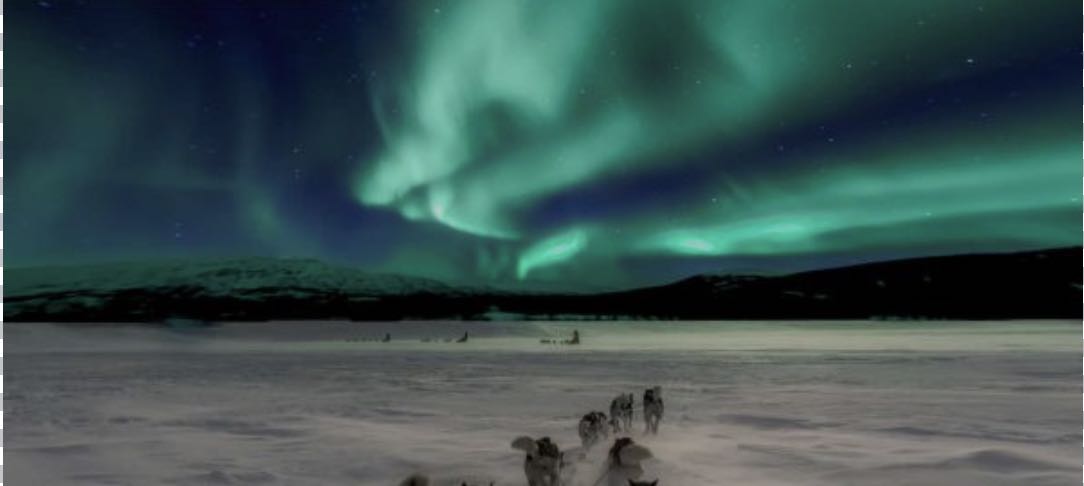December 21 marks the winter solstice, the longest night of the year. This annual phenomenon occurs when the Earth’s axis is tilted farthest away from the Sun, resulting in the shortest day and longest night of the year.
What is the Winter Solstice?
The winter solstice is the moment when the Earth’s axis is tilted at its maximum angle of 23.5 degrees away from the Sun. This tilt causes the Sun to appear at its lowest point in the sky, resulting in the least amount of sunlight reaching the Earth.
How Long is the Longest Night?
The duration of the longest night varies depending on the location. At the North Pole, the sun can remain below the horizon for 24 hours, while in other parts of the Northern Hemisphere, the night can last up to 16-18 hours.
Cultural Significance of the Winter Solstice
The winter solstice has been a significant event throughout history, with many cultures celebrating the return of longer days. Some ancient cultures believed that the solstice marked a turning point when the days would begin to grow longer again.
Celebrating the Winter Solstice
Many people celebrate the winter solstice by:
- Lighting candles and fires to symbolize the return of light
- Decorating homes with evergreen branches and holly
- Holding feasts and gatherings with family and friends
- Reflecting on the past year and setting intentions for the new one
The winter solstice is a significant event that marks the longest night of the year. While it can be a time of darkness and cold, it’s also a time of hope and renewal, as we look forward to the return of longer days and warmer temperatures.






